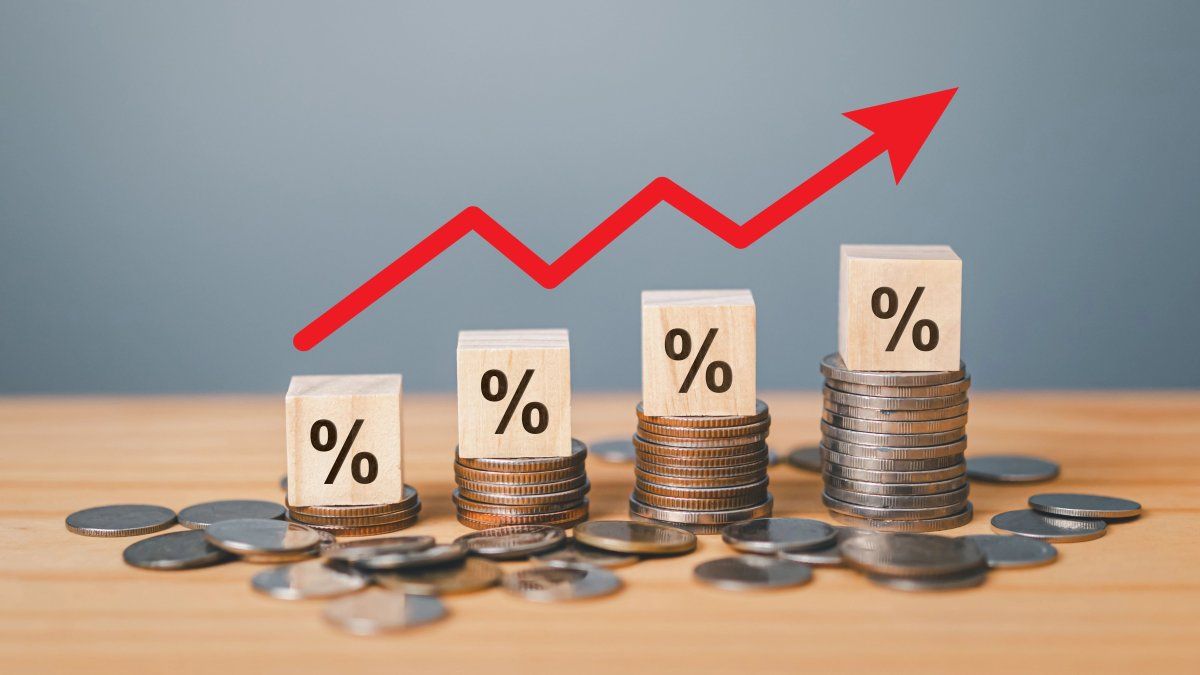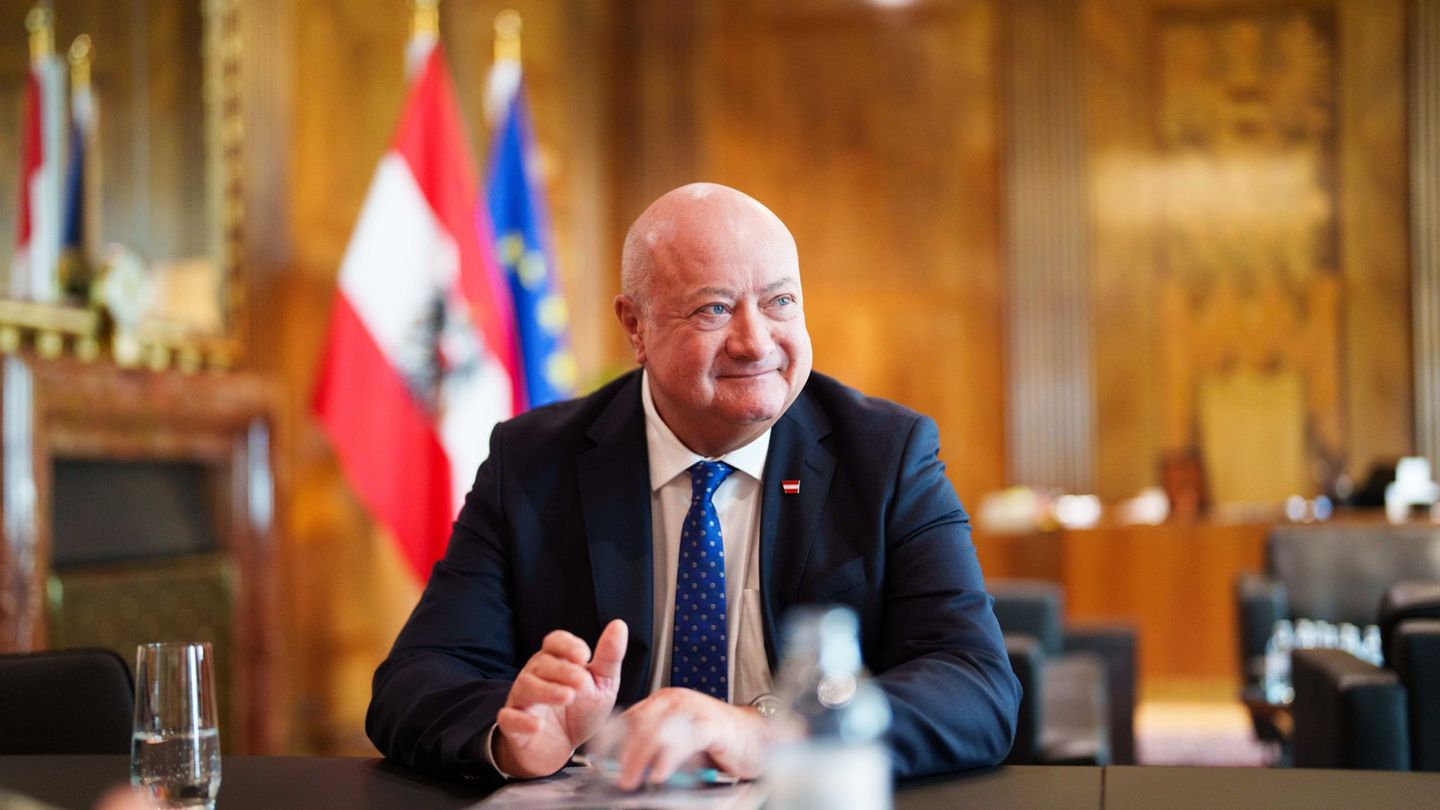The personal loansdespite some macroeconomic normalization, They keep rates on average of 70% per yearwhat implies A total financial cost for the final consumer that doubles that number, in the best case. This happens as the contrarane of the fixed deadlines, that provide 30% annual rates on average. In fact, The financial intermediation that arises from this spread is today one of the engines of economic activity.
But more than one will ask, why we get here. “What happened corresponded to an economy with a lot of inflation, where the rates went up,” he told him to Scopethe analyst, Christian Buterbut that the Government promoted a monetary policy where it put negative real rates. “Thus inflation slowed down, then the rates settled a little more, but those of the credits practically vary”broad.
At this point, the analyst remarked that, when taking out a personal loan, it is important to think Total financial costbecause that really shows us what ends up really paying for credits. “The CFT is not composed only of the rate, but also by taxes such as VAT, gross income. These rates are between 150 and 200% and we are talking about frontline banks“He said.
The banks are shielded in the “risks” that the system still has
Experts agree that, given projected inflation between 20% and 25%, credits should be adjusted above those fees but could decrease from current levels. In this regard, Buteler believes that we should discuss whether it is time to start taking taxes on credits. To exemplify this situation, the analyst explained that When a good is bought, such as a refrigerator and a bank loan is taken out, double VAT is paid: that of the refrigerator and the credit.
That is why he analyzed: “A hypothesis is that banks are not believing in inflation that the market projects, but it would be very strange because their own economic studies say that inflation for the next 12 months is 25%then it is not understood because they have to charge you an annual nominal rate of 70% and that the total financial cost is more than double. “
“Personal loans reflect certain issues that have to do with Risks that have associates product of an economy that is still In stabilization process. I think that if we continue advancing towards a stable economy with a higher level of savings and lower inflation The spred between personal loans (active rate) and PF (passive rate) would have to fall considerably, ” He told the scope, Andres Reschini F2 financial solutions
Fixed deadlines vs. Loans: how will the dynamics follow in the short term
Federico Papavero, Sales Director of Wise Capitalin dialogue with Scopebefore analyzing expectations about what could happen with access to credit detailed how the financial system works: “There is what we commonly know as the Passive and active rate that financial institutions use, for example, to remunerate term balances (passive rate) and the one they charge for the loans granted (active rate). In habituality this spred what we call financial intermediation is positive for all financial entities “.
In fact, according to the most recent data published by INDEC, in March 2025, although the monthly Economic Activity Estimator (EMAE) fell 1.8% compared to February, in the year -on -year comparison, the EMAE exhibited a growth of 5.6%, mainly driven by the commerce sectors and Financial intermediation that jumped almost 30%, specifically 29.3% in the comparison with 2024, which reveals that one of the sectors that the economy is promoted are banks.
Already in the analysis of the dynamics of the fees, from Wise Capital, they indicated that The active that has to do with personal loans on average is 70% while the passive rate is placed at 32%. “We must consider that financial entities for each weight taken in a fixed period must constitute Laces in it BCRA shrinking the spred. Another reason can occur at times where The system or entities are with less liquidity, increase their passive rate And further decreasing his spread between both rates, “said Papavero.
If we refer to the April data, according to the monthly report of First Capital Groupthe Traditional fixed term deposits in pesos of the private sector They registered one drop from 2.7% compared to Marchso the report said there was a Decrease in demand for instruments at a fixed rate and a greater liquidity appetite In the financial system.
From this same entity they explained that growth occurred mainly in Vista accountssuch as savings boxes and current accounts, while Traditional fixed term deposits in pesos of the private sector, which shows a greater preference for liquidity in a context of real negative rates. For its part, the placations of fixed term less than one million pesos They increased 38.3%a more active behavior of the retail segment.
It should be noted that this dynamic changed so far in May, Fixed term impositions rose 7% while loan amounts increased by 3%according to Wise. Therefore, what may happen, from this entity, observed on average a decrease in the rate of personal loans of 6.5%, while the average fixed term rate remained without major changes.
“What shows that banks will boost credit before the deposits of the deposits and place the funds in the face of a drop in future fees”Papavero said.
From Wise Capital For their part, for those who want to generate performance recommended Common investment funds that obtain greater yields than the fixed period with more immediate liquidity. On the side of the financing, the capital market provides rates on average 50% that fits according to the term and credit analysis of the creditor.
Source: Ambito
I am a 24-year-old writer and journalist who has been working in the news industry for the past two years. I write primarily about market news, so if you’re looking for insights into what’s going on in the stock market or economic indicators, you’ve come to the right place. I also dabble in writing articles on lifestyle trends and pop culture news.




